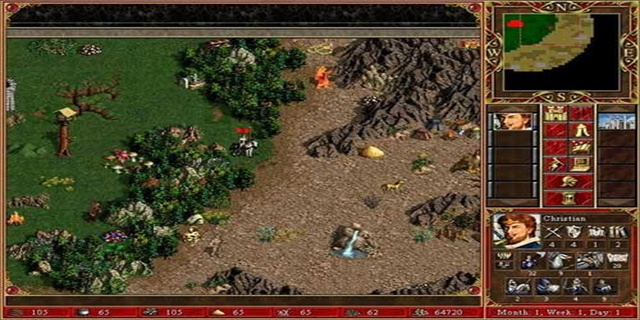How to Identify and Distinguish Objects
Introduction
Identifying and distinguishing objects might seem like a simple task, but it can be challenging in certain situations. Whether you're trying to identify a rare bird or differentiate between two similar-looking plants, there are specific techniques you can use to make the process easier. In this article, we'll discuss how to identify and distinguish objects by focusing on key characteristics, observational skills, and research methods.Part One: Focusing on Key Characteristics

One of the most important steps in identifying and distinguishing objects is focusing on their key characteristics. These are the physical or behavioral traits that define an object or living organism and differentiate it from others. To determine an object's key characteristics, start by observing basic features such as size, color, shape, texture, and patterns. For example, if you're trying to identify a bird, notice its beak shape, color, and size, as well as its wing and tail shape, color, and pattern. Similarly, when identifying plants, observe the shape and color of the leaves, stem, flowers, and any distinct features such as thorns or hairs. Once you've observed the basic characteristics, move on to more specific traits that define the object. Some of these might include behavior, habitat, range, sound, scent, or markings. For instance, if you're identifying a bird, listen for its song or calls and take note of its habitat, such as whether it prefers trees or water. When identifying plants, research how they reproduce, whether they're native to a particular region, and how they respond to pests or diseases.
Part Two: Enhancing Observational Skills
Observation is a critical skill when it comes to identifying and distinguishing objects. It involves paying close attention to the features, behavior, and surroundings of an object and using that information to make informed decisions. To enhance your observational skills, start by practicing mindfulness or meditative techniques that help you focus on the present moment without distractions or biases. This can help you notice small details that might otherwise go unnoticed. Another way to improve your observation skills is by using a field guide or reference book. These guides provide detailed descriptions and images of objects, making it easier to identify them in the wild. When using a field guide, make sure to read the introduction section to understand the key characteristics of the objects you're trying to identify. Also, take note of any variations or subspecies that might resemble the object you're looking at.Part Three: Using Research Methods

In some cases, identifying and distinguishing an object might require additional research beyond observation and key characteristics. One useful research method is using online databases or community forums to share images and descriptions of the object and receive feedback from experts or other enthusiasts. Websites such as iNaturalist, eBird, or PlantNet allow users to upload images of objects they've seen and receive identifications from a global community of experts. Another research method is visiting museums, botanical gardens, or zoos, where you can see and compare different objects and their characteristics in a controlled environment. These institutions often have knowledgeable staff or volunteers who can provide additional information and insights about the objects on display.
Conclusion
In conclusion, identifying and distinguishing objects requires a combination of skills, including focused observation, attention to key characteristics, and research methods. By practicing these techniques, you can become more confident and efficient in identifying objects, whether they're birds, plants, or other living organisms. Remember, the more you observe and research, the more you'll learn about the diversity and complexity of the natural world around us.